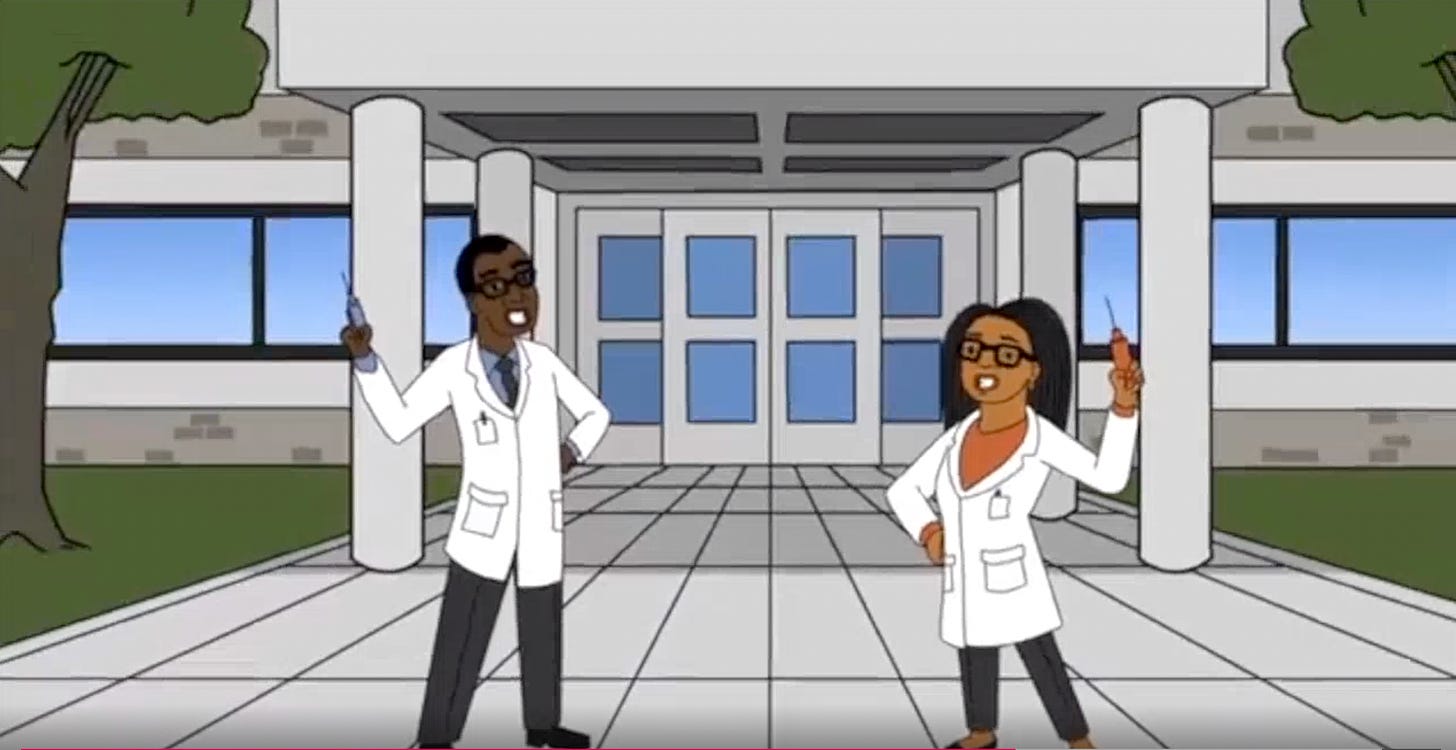The SPARS Pandemic 2025–2028: A Futuristic Scenario to Facilitate Medical Countermeasure Communication
How the Psy Oppery Gets Made: More Tabletop Stuff from Johns Hopkins and the Center for Health Security, 2017
Promo Code: Bob Stone
Johns Hopkins, when they are not banging out self spreading and self amplifying “vaccines”, is always busy with various planning exercises, aka, Predictive Programming.
Here is a primer on their public communication exercise about a novel coronavirus called SPARS 2025 conducted from 2014-2016.



